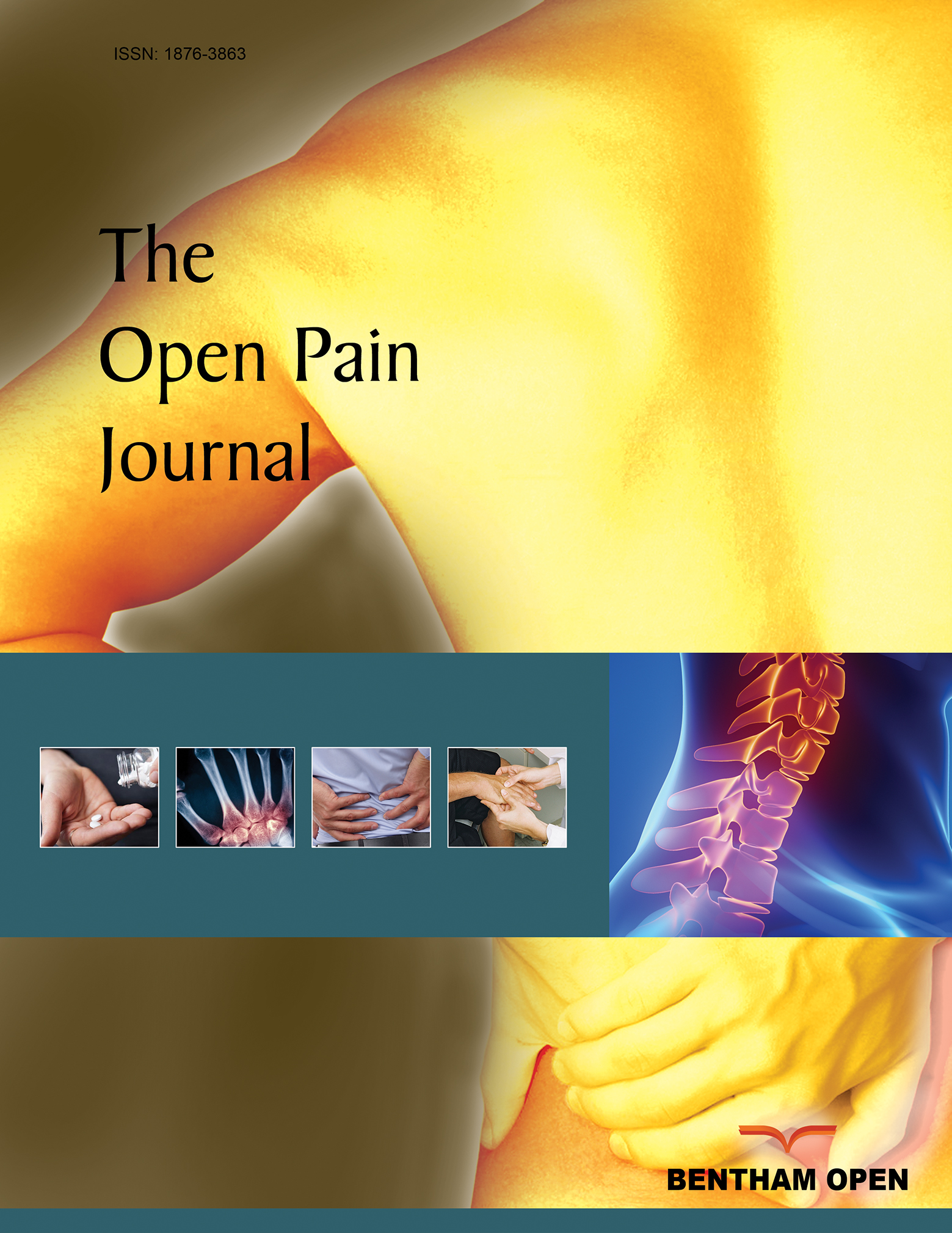Role of Endocannabinoids in Neuron-Glial Crosstalk
Abstract
Evidence shows bidirectional crosstalk between neurons and glia, suggesting that glia play an active role in synaptic plasticity leading to chronic pain. Importantly, gliosis has been implicated in the development and maintenance of hyperalgesia or allodynia following chronic inflammation or nerve injury. Anandamide (AEA) and 2- arachidonoylglycerol (2-AG), or the lipoamino acid N-arachydonoyldopamine (NADA), are fatty acid derivative neurotransmitters, named endocannabinoids (eCBs). These perform several biological actions, via the activation of cannabinoid type 1 and 2 (CB1/CB2) receptors belonging to the G-protein-coupled receptor family. The eCBs are produced on demand by neurons or glial cells and it has been suggested that they might be involved in the crosstalk between astrocytes, microglia, oligodendrocytes and neurons. In chronic pain, the modified glial or neural activity also seems to be associated with changes in eCB levels in pain processing areas either in the spinal cord or the brain. The activation of the eCB system in microglia or astrocytes could be crucial in modulating axonal growth and synaptogenesis at the base of neural phenotypic changes. Furthermore, changes in eCBs levels have been suggested to affect the destiny of cells: death or survival may depend on a specific pain condition. Thus, although eCBs are emerging as neurotransmitters responsible for the regulation of glia-neuron crosstalk in chronic pain, the precise mechanisms leading to eCB production, the origin and the timecourse of eCB release, the eCB release switch from one cell type to the other and their movement or catabolism across the glial or neural cell membrane nevertheless still remain unknown. These issues together with alternative eCB targets will be addressed in the current review.


